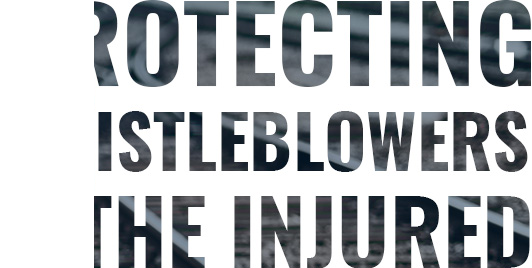Railroad workers in Connecticut face unique risks when severe weather events like flooding occur. Employers must provide a safe working environment at all times. Team members should also focus on maintaining safety protocols when working in challenging weather events.
As the climate changes, workers experience more diverse and extreme weather conditions. Awareness and preparation are key to ensuring a safe work environment.
Slips, trips and falls
During flooding, railroad tracks and surrounding areas can become slippery and unstable, increasing the risk of slips, trips and falls. Standing water, mud and debris on the tracks can make it challenging for workers to maintain their footing, leading to minor injuries such as sprains and strains. Falls from bridges or towers can be more devastating.
Electrocution
Flooding can cause electrical hazards on railroad tracks. Submerged electrical equipment and downed power lines can carry deadly currents. Workers must avoid contact with live wires and equipment to prevent serious injuries or fatalities. Employers train workers on working safely when electrocution hazards exist.
Drowning
Railroad workers may face the risk of drowning during flooding. Swiftly moving floodwaters can sweep workers off their feet and carry them away. Employers should provide proper safety measures when asking team members to work in or around flooded areas.
Crushing injuries
Railroad workers are at risk of crushing injuries caused by moving rail cars or heavy equipment at all times. As floodwaters rise, they can lift or move rail cars. This creates dangerous situations for workers on or near the tracks.
To prevent injuries during flooding, railroad workers should receive comprehensive training on how to recognize and respond to flood-related hazards. Employers must ensure that workers have access to appropriate personal protective equipment (PPE) and follow established safety protocols. Additionally, employers should conduct regular inspections of tracks and equipment. Address potential hazards before they pose a threat to workers’ health.

